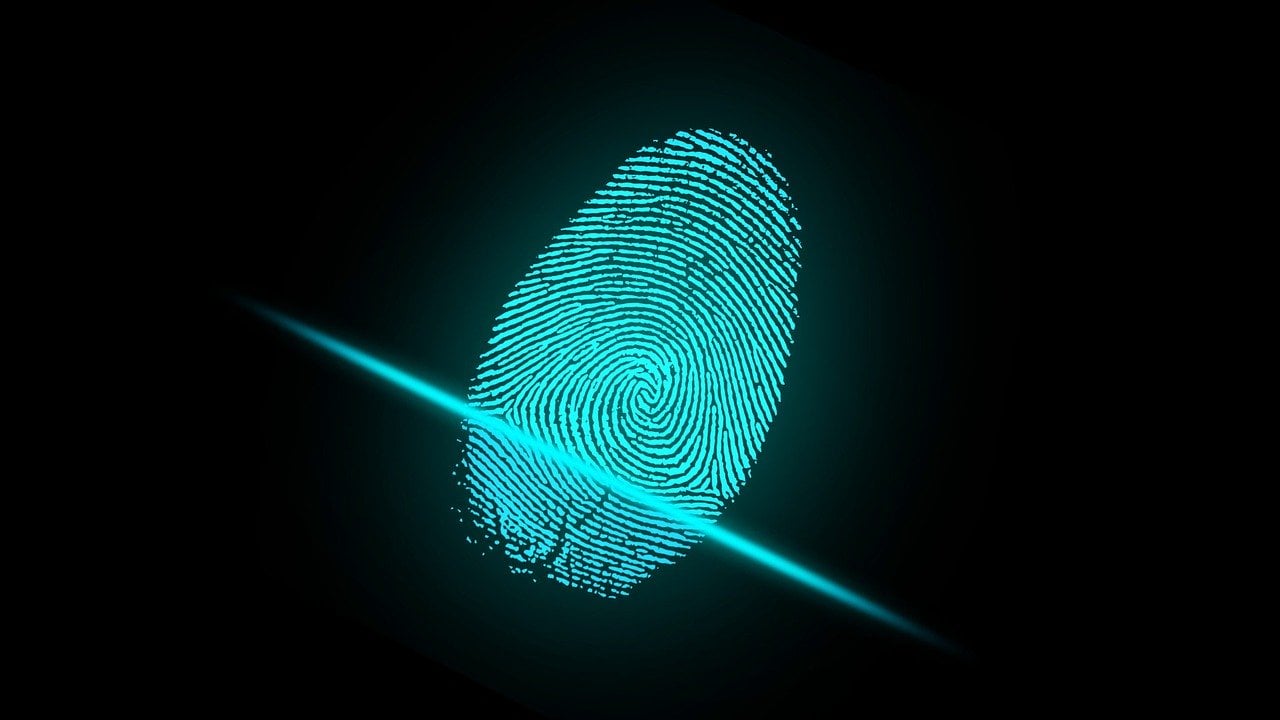Passwords are increasingly becoming a point of security weakness for hackers to exploit, more organizations and apps are moving towards integrating biometric authentication as a more secure solution.
Biometric authentication uses your unique body features as your identification. This form of authentication is difficult to replicate and therefore has the highest level of integrity. It offers a secure way to authenticate users while still being quick and convenient.
Q4 2019 hedge fund letters, conferences and more
Common types of biometric authentication include:
Iris scan: the most secure form of biometrics as there are more than 200 unique points on each iris.
Fingerprint scan: the most popular form that is widely used on mobile apps.
Facial recognition: sophisticated sensors can now adapt to different lighting and positioning of the face.
Voiceprint: works best as a secondary authentication method.
Behavior biometrics: this is more of a background approach, where user behavior (typing patterns, browsing habits, etc.) is continually monitored so that any suspicious activity can be detected immediately to minimize any damaging effects.
Uses of Biometric Authentication
Without a doubt, the integration of biometric authentication has become more widespread — especially with biometric sensors built into most mobile phones on the market. Below are some common uses of this technology:
Mobile Platforms
Fingerprint scanners and facial recognition are used frequently by consumers to unlock their phones. Apps that handle sensitive information, such as banking apps and Google Pay, have also incorporated biometric authentication to verify their users before allowing access.
Travel Identification
Travelers with a trusted traveler’s card such as NEXUS benefit from an expedited border control process. Those entering Canada and the US with this card save a lot of time, as they only need to scan their card and authenticate their identity with an iris scan. Certain countries also allow residents to go through customs efficiently with a scan of their ID card and fingerprint.
Identity Proofing for Businesses
Businesses can now use services, such as Proof by Ipsidy, to initiate a simple two-step digital identity check for situations such as new-employee, customer and student onboarding. This allows them to digitally check a government-issued ID quickly from anywhere in the world and instantly compare it to a self-photo taken right away, eliminating the need for photocopies that need to be stored safely or destroyed.
Biometric Authentication Going Mainstream
Iris and fingerprint scans, voiceprints, and facial recognition are all examples of faster and more secure way for users to log in. While biometric authentication provides a seamless authentication experience for users, the main benefit is that it is one of the best ways to protect accounts from being hacked, reducing the chance of fraud.
While the regulations over biometric privacy are still a work in progress, legislation will improve as biometrics become more integrated into security.
With that said, there is good reason to believe that biometric authentication will be the standard verification process of the future. It will inevitably become more mainstream because people demand the best technology available.
Biometric Integration in the Future
We’ve already unknowingly adopted biometric authentication methods in our day-to-day lives through our personal mobile devices, whether we’re using a fingerprint scanner or facial recognition. The biometric authentication trend will continue to evolve to provide a frictionless process and enhance the user experience and security. As such, companies also need to stay on top of industry regulations to ensure that their services and technology are compliant.
With more and more organizations onboarding the use of biometric authentication, those who don’t look into such solutions are likely to lag behind. Is your business ready for the switch?






